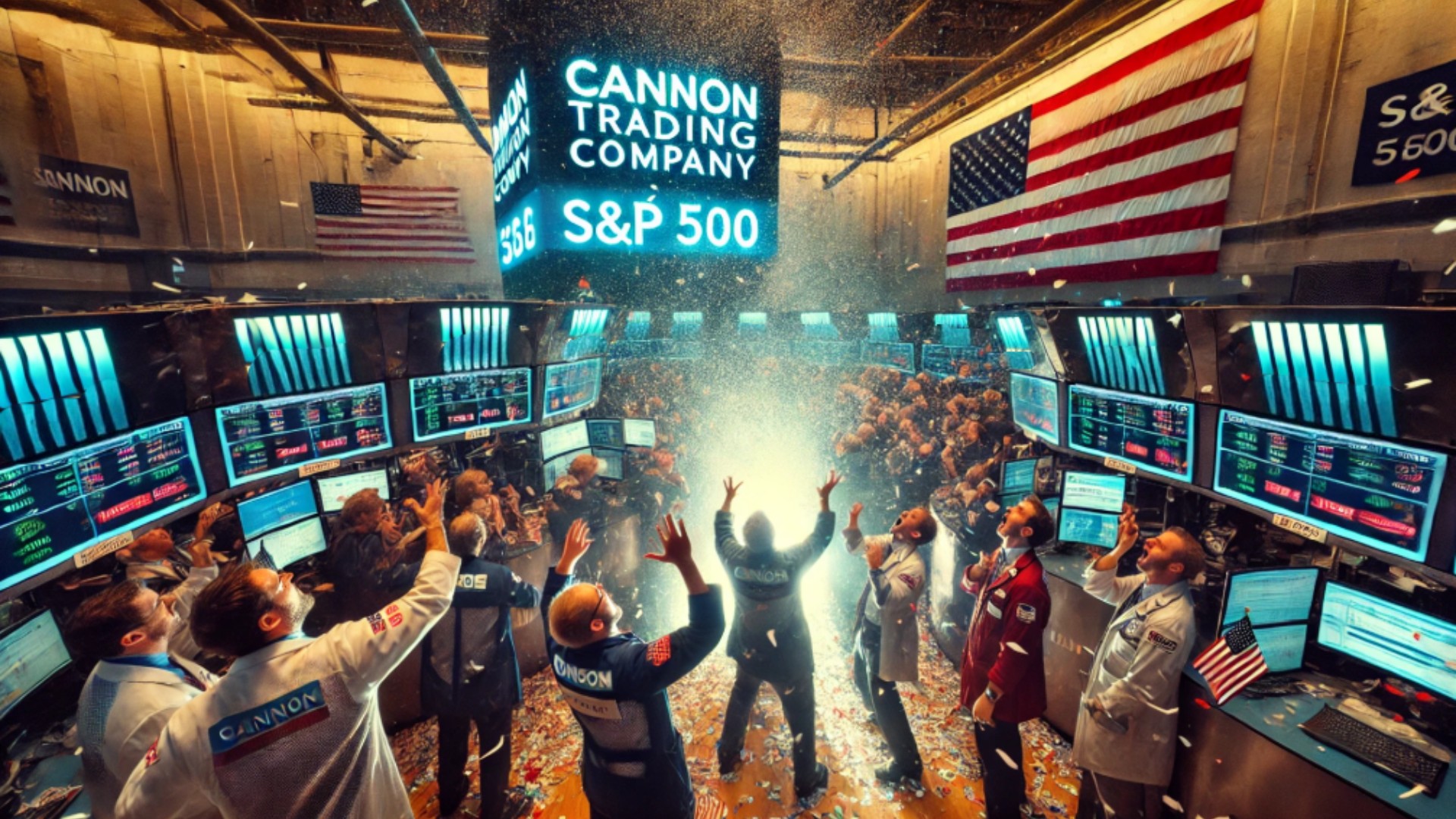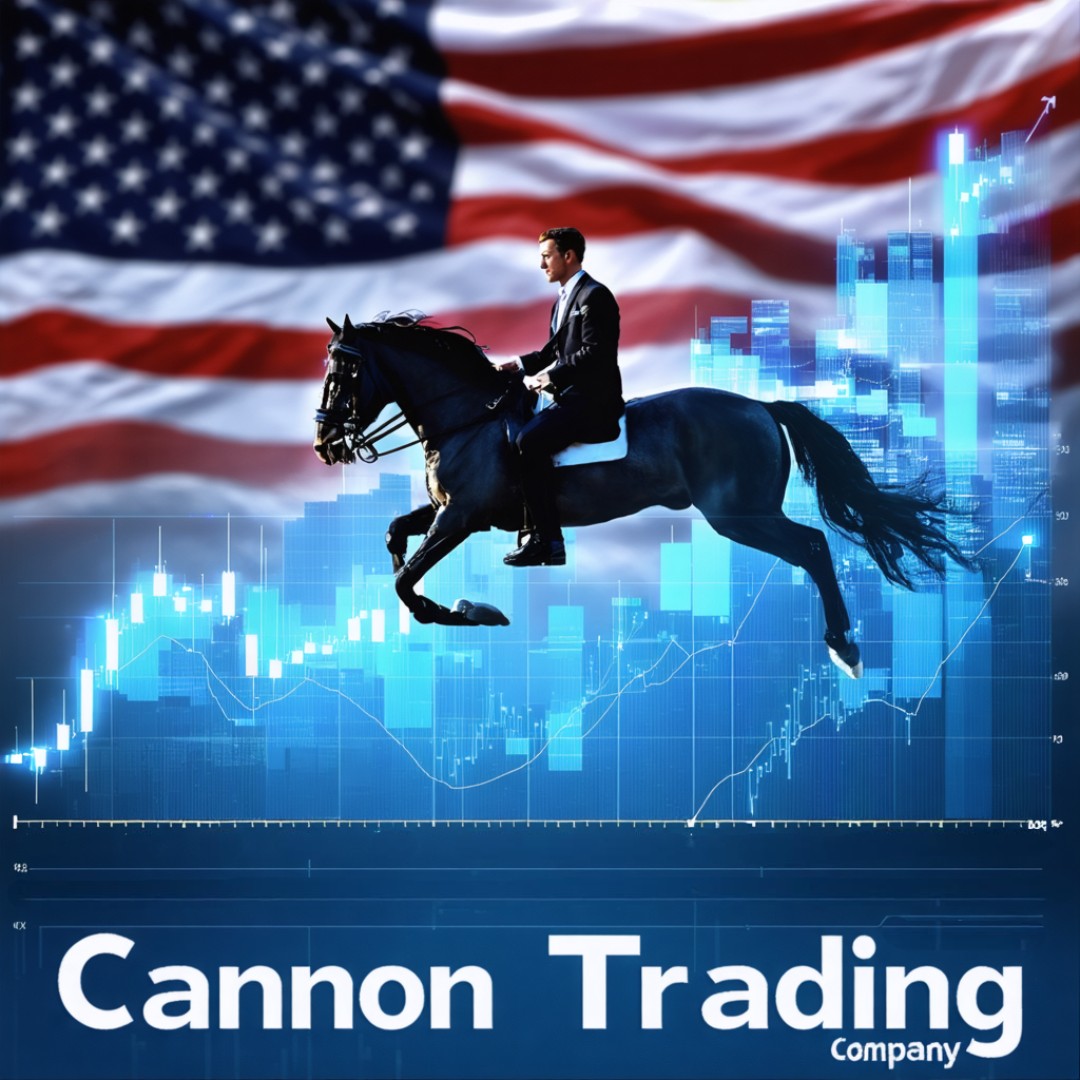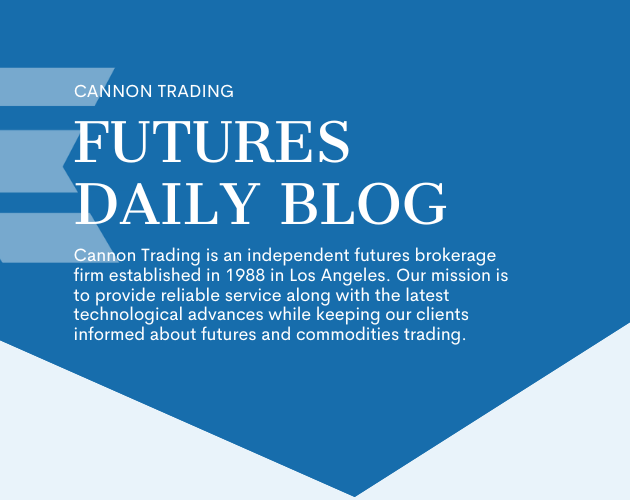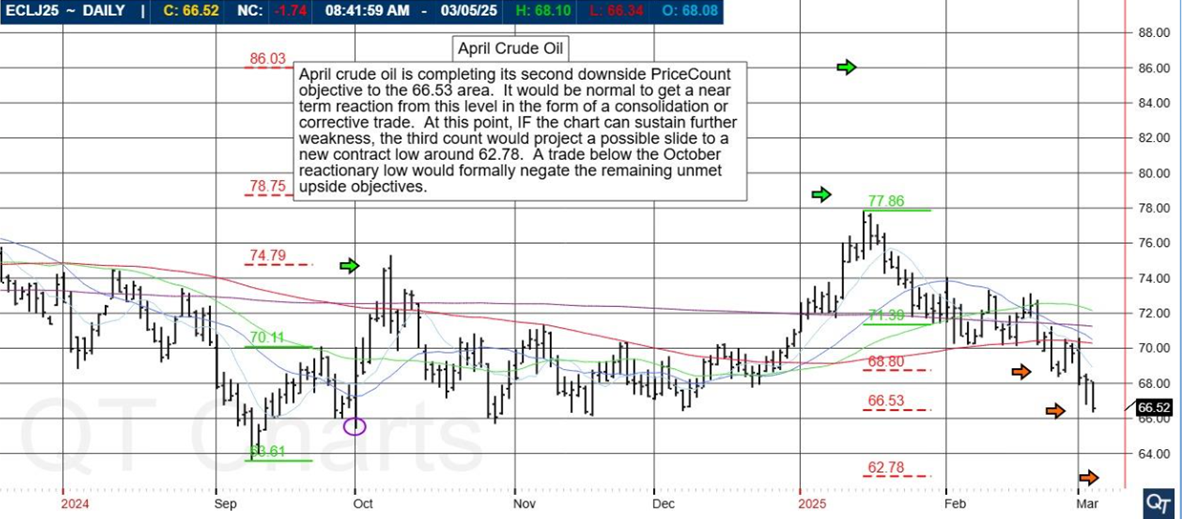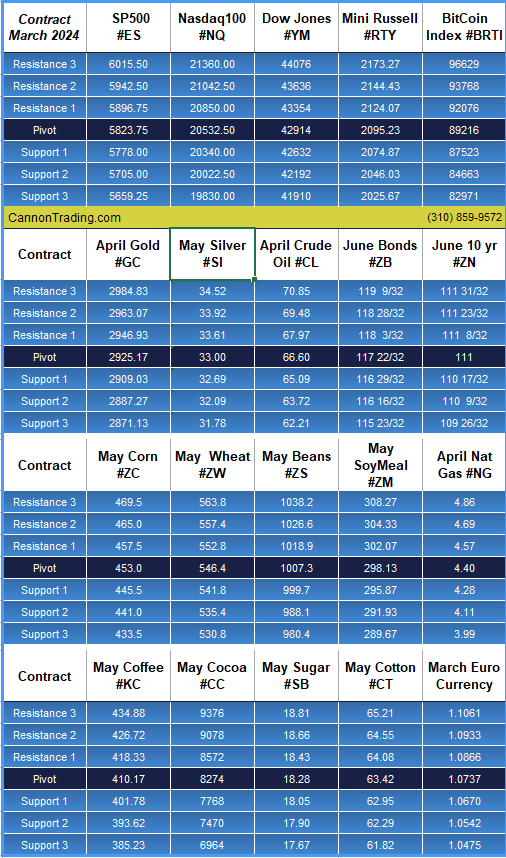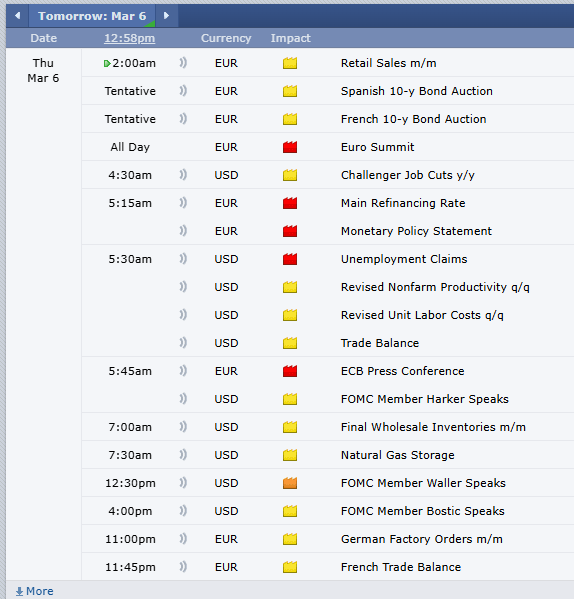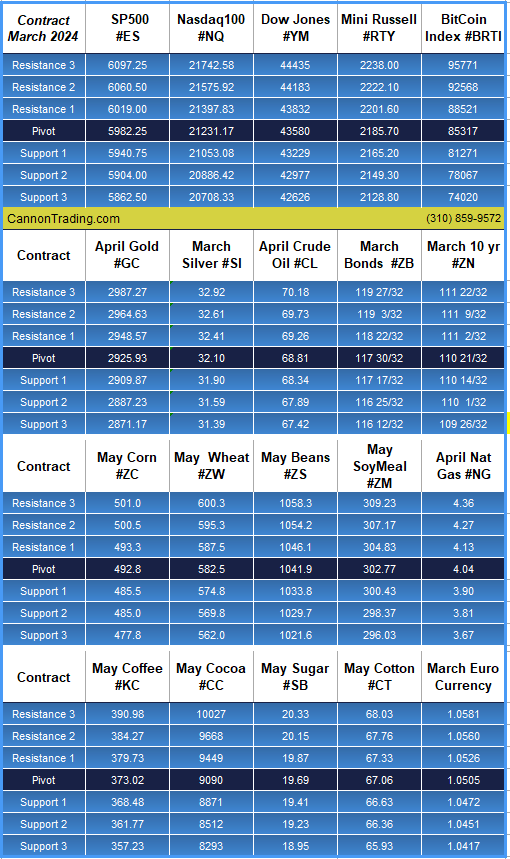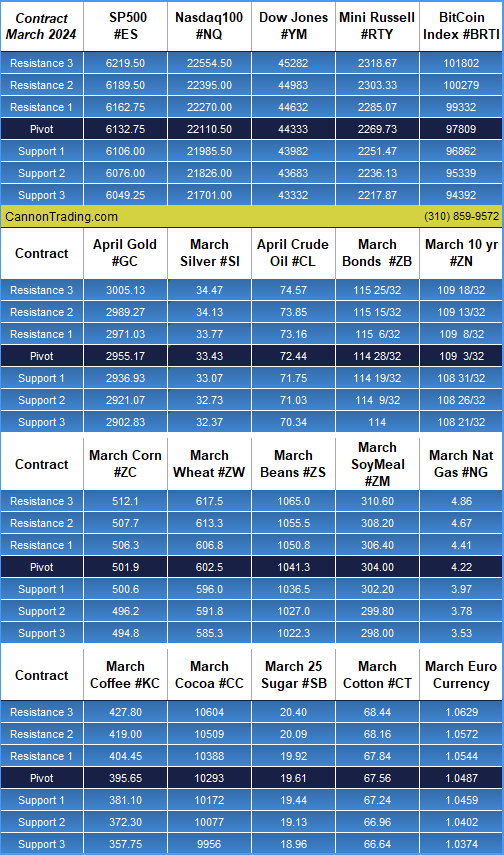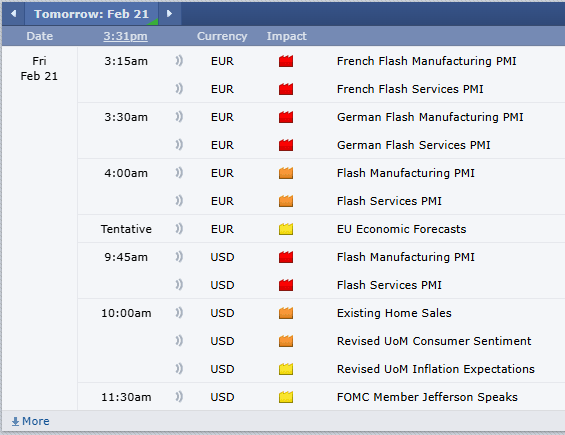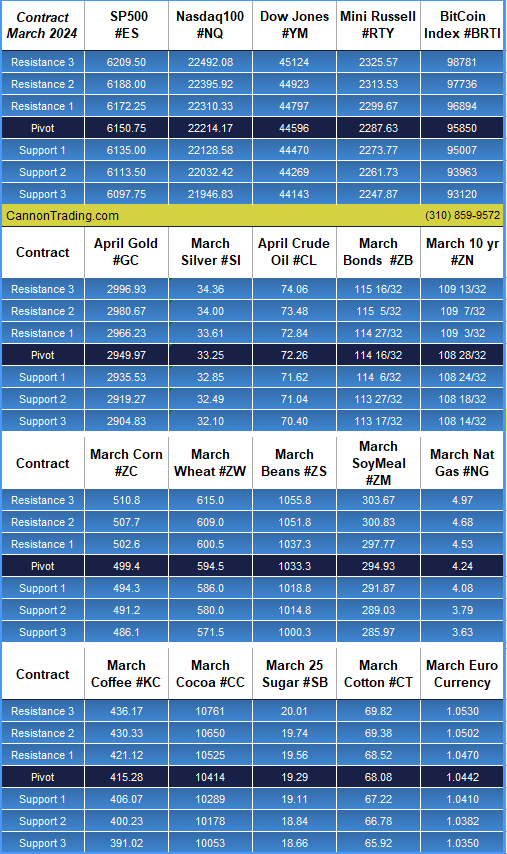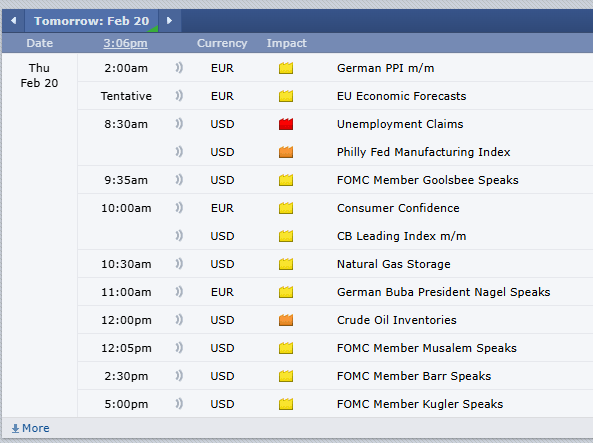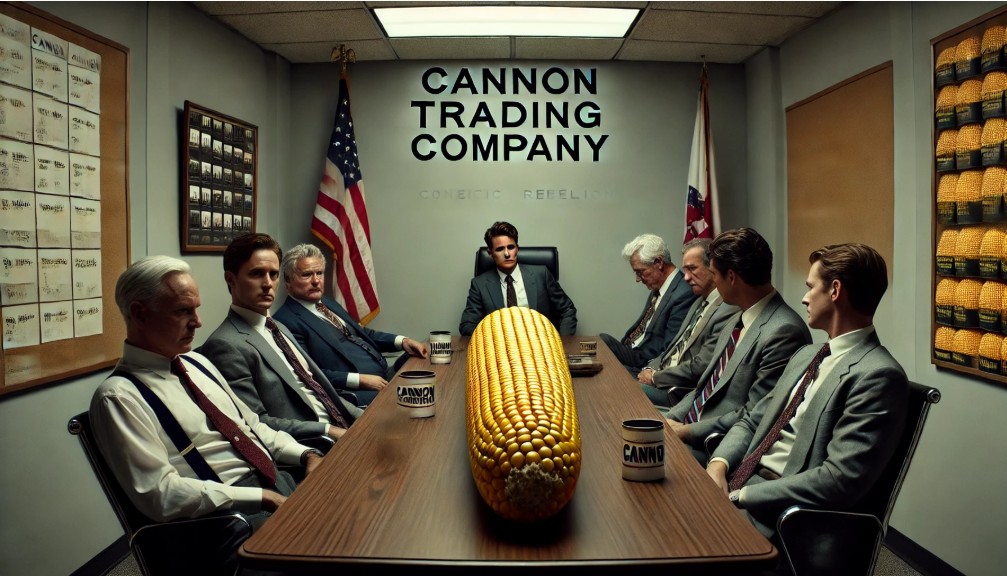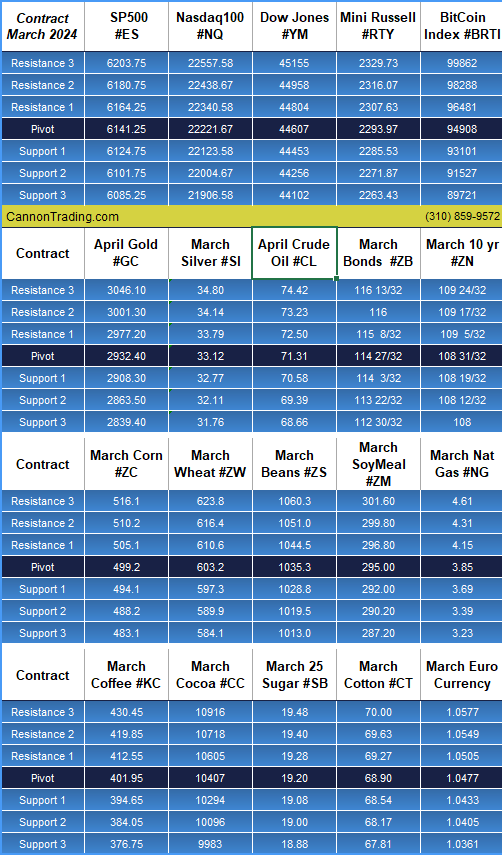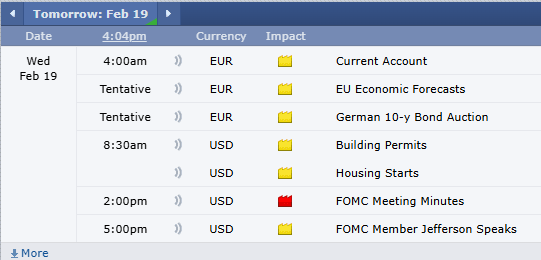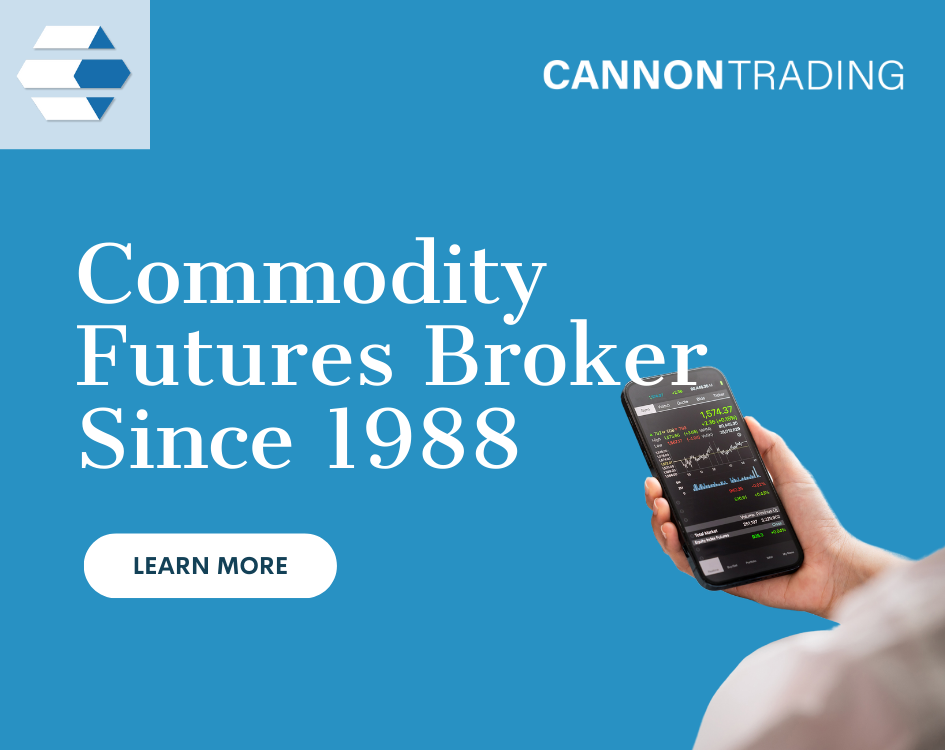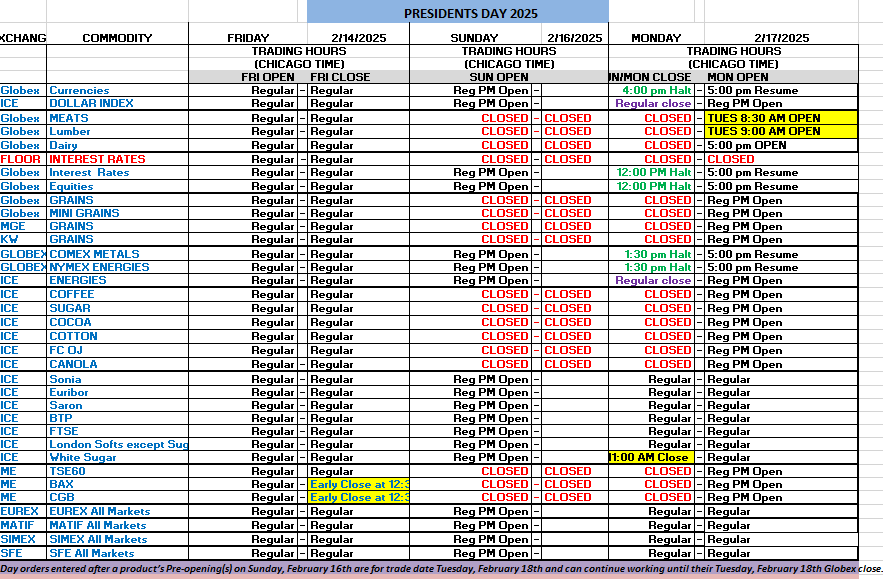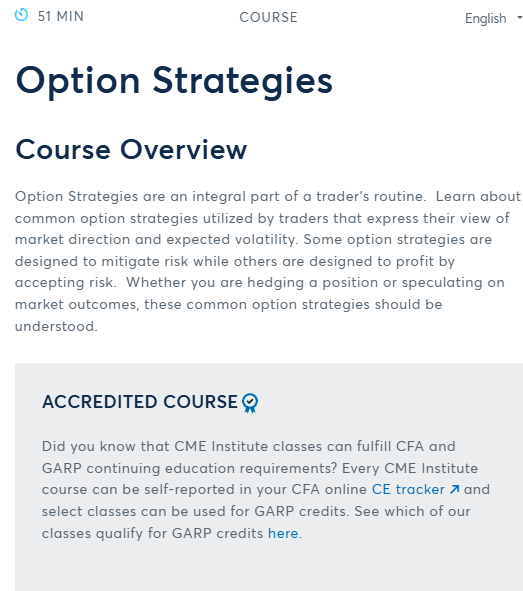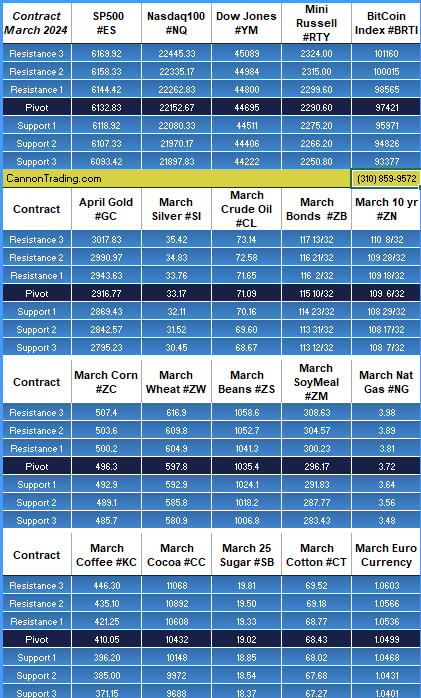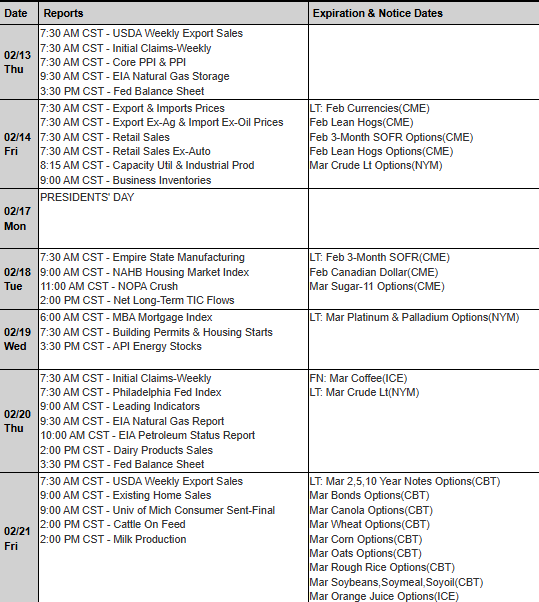Trading futures, particularly the future S&P 500 contracts, offers substantial opportunities for traders looking to capitalize on market movements. However, beyond common concerns like leverage and margin requirements, advanced traders may face complex and lesser-known issues that can significantly impact their strategies. Understanding these uncommon problems is crucial for futures traders, and finding effective solutions requires experience, insight, and risk management expertise. This article outlines ten uncommon challenges in trading futures, ranking multiple solutions for each in terms of effectiveness and risk mitigation.
10 Uncommon Problems Advanced Traders May Not Know About in Trading S&P 500 Futures
-
Hidden Liquidity Gaps in After-Hours Trading
- Use Limit Orders – The best way to mitigate this risk is to strictly use limit orders, ensuring that trades execute at predetermined prices. (Low risk)
- Monitor Market Depth with DOM (Depth of Market) Tools – This allows traders to see actual liquidity and adjust strategies accordingly. (Moderate risk)
- Trade Only During High Liquidity Periods – If possible, stick to high-liquidity windows (e.g., overlap between European and U.S. sessions). (Moderate risk)
- Utilize Market Makers or Algorithmic Trading Strategies – Some market makers provide liquidity in off-hours, but it requires algorithmic expertise. (High risk)
- Sudden Margin Requirement Changes
- Keep Excess Margin in Reserve – The safest way to combat this is to maintain excess margin in accounts to withstand unexpected changes. (Low risk)
- Use Brokers with Predictable Margin Policies – Some futures trading brokers offer transparency in advance about margin shifts. (Moderate risk)
- Hedge Positions with Options – Using options to hedge S&P 500 futures can minimize exposure to margin increases. (High risk due to premium costs)
- Volatility-Induced Stop Hunting
- Place Stops Beyond Key Levels – Understanding market psychology allows traders to place stops beyond resistance/support levels. (Low risk)
- Utilize Time-Based Exits Instead of Stop Orders – This prevents premature exits but requires discipline. (Moderate risk)
- Trade with Larger Capital to Avoid Stops Altogether – High capital can weather swings but is capital-intensive. (High risk)
- Decoupling of S&P 500 Futures from the Index
- Arbitrage with ETFs (SPY) or Other Instruments – Professional traders arbitrage these discrepancies for profit. (Low risk)
- Monitor Premium/Discount Metrics on Bloomberg – Awareness of fair value premium can guide better entries. (Moderate risk)
- Avoid Trading During Key Economic Announcements – Futures prices often decouple during major news events. (High risk if mismanaged)
- Technical Failure of Trading Platforms
- Use Redundant Trading Accounts – Keeping accounts with multiple brokers mitigates risk. (Low risk)
- Automate Emergency Phone Orders with Broker Support – Calling a broker to execute trades manually during downtime can save losses. (Moderate risk)
- Use Cloud-Based Trading Over Locally Installed Software – Some traders rely on cloud platforms, but they still face latency issues. (High risk)
- Execution Delays During Flash Crashes
- Use Marketable Limit Orders – These ensure fast execution while controlling price slippage. (Low risk)
- Monitor Order Flow Through Level II Data – Helps gauge when to enter/exit trades. (Moderate risk)
- Trade Away from Peak HFT Periods – Some traders avoid key HFT periods, but it limits trading opportunities. (High risk)
- Exchange Circuit Breaker Halts
- Use Hedging Strategies with Inverse ETFs – This helps mitigate loss during trading halts. (Low risk)
- Keep Cash Reserves for Post-Halt Trading – Allows capitalizing on post-halt movements. (Moderate risk)
- Preemptively Close Positions Before Expected Volatility – Difficult to time accurately. (High risk)
- Frontrunning by Large Institutions
- Use Iceberg Orders – Hides trade size from the market. (Low risk)
- Trade During Off-Peak Hours – Reduces exposure to large players. (Moderate risk)
- Follow Institutional Order Flow Analysis – Helps mimic large orders but is difficult. (High risk)
- Tax Complexity in Futures Trading
- Work with a Tax Professional Specializing in Futures – Ensures correct tax handling. (Low risk)
- Utilize Tax-Efficient Trading Structures – Certain entities reduce tax burdens. (Moderate risk)
- Trade Through Tax-Advantaged Accounts – Limited accessibility for all traders. (High risk)
- Broker Insolvency Risk
- Trade with Well-Capitalized Brokers like Cannon Trading – Choosing established brokers minimizes risks. (Low risk)
- Use Segregated Accounts for Funds – Reduces risk in case of broker collapse. (Moderate risk)
- Split Trading Capital Among Multiple Brokers – Adds complexity but mitigates single-point failures. (High risk)
While the E-mini futures and other S&P 500 derivatives appear liquid during regular market hours, unexpected liquidity gaps occur in after-hours trading, leading to severe slippage.
Solutions:
Futures brokers and clearinghouses can change margin requirements unexpectedly, affecting capital allocation.
Solutions:
Some traders notice that during high volatility, stop orders are frequently triggered just before the price reverses.
Solutions:
At times, futures prices diverge significantly from the underlying index.
Solutions:
Even with the best futures trading brokers, platform failures can occur during crucial moments.
Solutions:
High-frequency traders (HFTs) dominate the market, sometimes causing delays in execution.
Solutions:
Trading halts due to extreme movements can trap traders in positions.
Solutions:
Institutional traders often place massive orders before retail traders, shifting the market.
Solutions:
Futures taxation (60/40 rule) can be confusing and impact net returns.
Solutions:
Not all futures trading brokers are financially stable, leading to potential fund losses.
Solutions:
The Legacy of Futures Trading and Cannon Trading Company
Futures trading has been an integral part of financial markets for centuries due to its role in hedging, speculation, and price discovery. The commodity brokerage sector has evolved, but firms like Cannon Trading Company, a premier futures broker since 1988, have consistently adapted to industry innovations. By prioritizing trader support, transparent execution, and compliance with NFA regulations, Cannon Trading remains a trusted name in futures trading. The firm’s resilience through market shifts, technological advances, and regulatory changes underscores why trading futures continues to be a cornerstone of global financial markets.
For more information, click here.
Ready to start trading futures? Call us at 1(800)454-9572 – Int’l (310)859-9572 (International), or email info@cannontrading.com to speak with one of our experienced, Series-3 licensed futures brokers and begin your futures trading journey with Cannon Trading Company today.
Disclaimer: Trading Futures, Options on Futures, and retail off-exchange foreign currency transactions involve substantial risk of loss and are not suitable for all investors. Past performance is not indicative of future results. Carefully consider if trading is suitable for you in light of your circumstances, knowledge, and financial resources. You may lose all or more of your initial investment. Opinions, market data, and recommendations are subject to change at any time.
Important: Trading commodity futures and options involves a substantial risk of loss. The recommendations contained in this article are opinions only and do not guarantee any profits. This article is for educational purposes. Past performances are not necessarily indicative of future results.
This article has been generated with the help of AI Technology and modified for accuracy and compliance.
Follow us on all socials: @cannontrading
